Let's learn about --> Pyrrhocoris apterus. 🪲👀 (ENG-ESP)
The other day I was walking in the mountains of my city and I found this curious insect, it really is not the first time I see it in some places, I always find it in the streets, but where they really abound is in nature, so I took several pictures of this colorful friend and ran to the internet to acquire knowledge of this animal in order to build an informative post and share it in this community.
ESP
El otro día me encontraba caminando en las montañas de mi ciudad y me encontré con este curioso insecto, realmente no es primera vez que lo veo en algunos lugares, siempre lo encuentro en las calles, pero donde realmente abundan es en la naturaleza, así que le tome varias fotos a este amigo colorido y corrí al internet a adquirir conocimientos de este animal para así lograr construir un post informativo y compartirlo en esta comunidad.
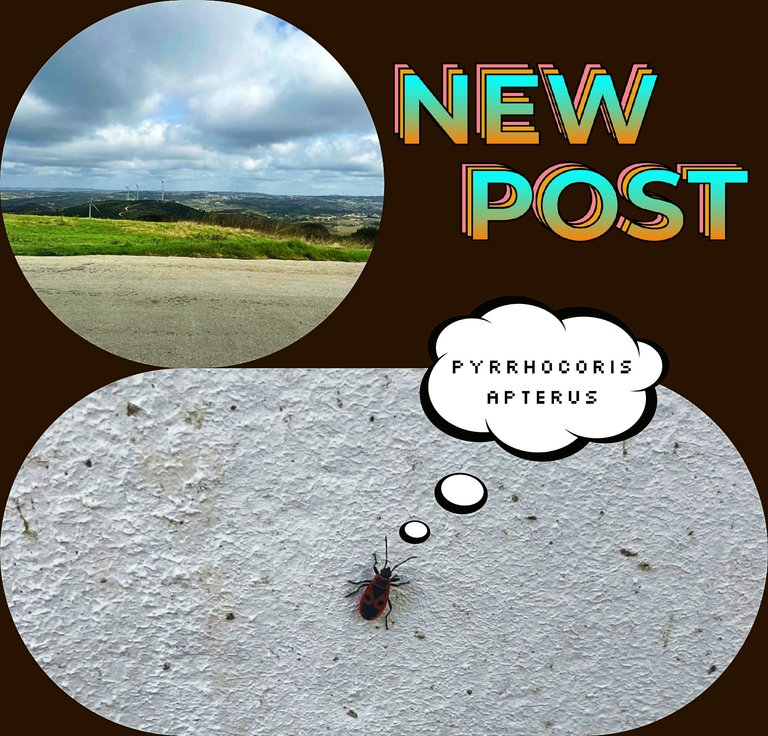
Pyrrhocoris apterus is the scientific name of this insect, but we also know it in Spanish as “chinches” worldwide, but BEWARE that there are many kinds of bedbugs, but this one is specific and is called as its scientific name to distinguish it from the rest. In this picture we can see one in its adult stage because when they reach that age they get all their colors: bright red with black spots and their eyes are red with a totally black head. The male and the female share the same physical appearance; however, studies done on this species have shown that the female shows a more active behavior.
This animal can fly? Well, although there are bedbugs that fly, this specific one does not have wings to fly. However, they do not need them because they are very rarely eaten by their predators, which are usually birds, but because they have those bright colors, predators usually hesitate to eat them and think they are poisonous, but in reality they are very harmless insects in nature. Even humans tend to like to have these insects close to them, since their strong smell scares away flies and mosquitoes in the area where they are located.
The diet of these animals is very diverse, they usually eat the sap of plants, seeds and nuts, they are even cannibals, as they have been seen eating their own kind and eat the corpses of other insects or their eggs. These insects are commonly seen in the Palearctic region. Europe, North Africa, and Asia.
Reproduction and life. This animal in its life goes through 5 stages of larvae usually takes 2-3 months in the wild its development from egg, its larval stages and finally to reach insect. They have a very short life, an adult can have an average life of 2 months to 1 year, obviously there have been extraordinary cases of this insect reaching up to 2 years of life.
The fertilized females lay between 40 and 80 eggs in small pouches, embedded in small holes or natural recesses, sometimes dug in the ground by themselves. This event is usually seen in the pre-winter season as these animals tend to hibernate when nature reaches low temperatures.
ESP
Pyrrhocoris apterus es el nombre científico de este insecto, pero también lo conocemos en español como chinches a nivel mundial, pero OJO que existen muchas clases de chinches, pero esta es en específico y se llama como su nombre científico para lograr distinguirla del resto. En esta foto podemos observar a una en su fase adulta porque cuando alcanzan esa edad obtienen todos sus colores: rojo vivo con manchas negras y sus ojos son de color rojo con la cabeza totalmente negra. El macho y la hembra comparten el mismo aspecto físico; sin embargo, los estudios hechos a esta especie han demostrado que la hembra muestran una conducta más activa.*
¿Este animal puede volar? Pues, a pesar de que existen chinches que vuelan, está en específico no cuenta con alas para lograr volar. Sin embargo, tampoco les hace falta porque muy raramente son comidas por sus depredadores que normalmente son los pájaros, pero al tener esos colores llamativos, los depredadores suelen dudar en consumirlo y pensar que son venenosos, pero en realidad son unos insectos muy inofensivos en la naturaleza. Incluso al ser humano suele gustarle tener cerca estos insectos, ya que su fuerte olor ahuyenta las moscas y mosquitos en la zona en que se encuentran.
¿Dónde viven y su alimentación? La alimentación de estos animales es muy diversa, suelen comer la sabia de las plantas, semillas y frutos secos, también incluso son caníbales, ya que sea visto comerse a unos de su propia especie y comen los cadáveres de otros insectos o sus huevos. Estos insectos son comunes a verlos en la región paleártica. Europa, norte de África, y Asia.
Reproduccion y la vida. Este animal en su vida pasa por 5 fases de larva suele demorar 2-3 meses en su vida salvaje su desenvolvimiento de huevo, sus fases de larvas y por ultimo a llegar a insecto. Tienen una vida muy corta, un adulto puede tiene una vida promedio de 2 meses a 1 ano, obviamente ya existieron casos extordinarios de este insecto llegar hasta los 2 anos de vida.
Las hembras fecundadas ponen entre 40 y 80 huevos en pequeñas bolsas, incrustadas en pequeños agujeros o recovecos naturales, a veces excavados en el suelo por ellas mismas. Este evento suele verse en la epoca antes del invierno ya que estos animales suelen invernar cuando la naturaleza llega a temperaturas bajas.
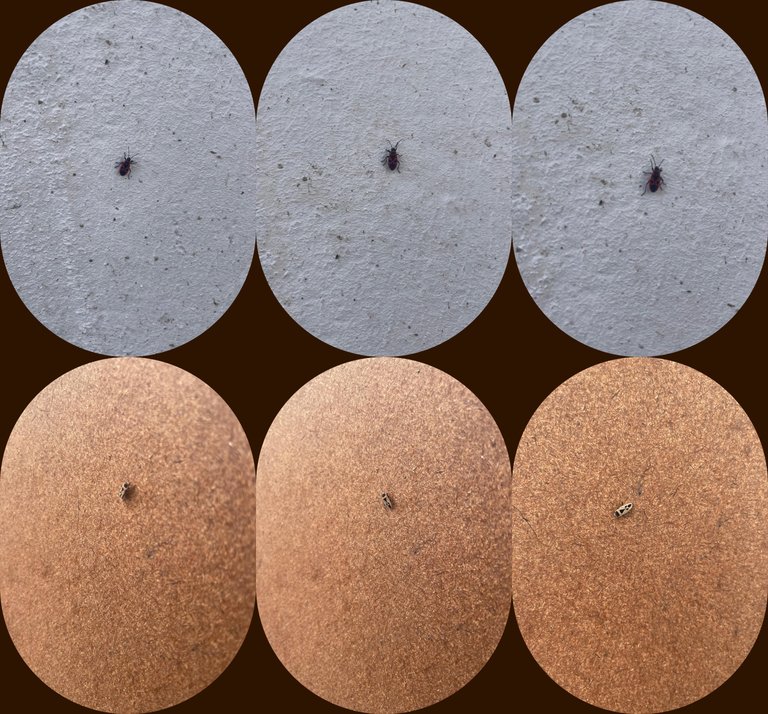
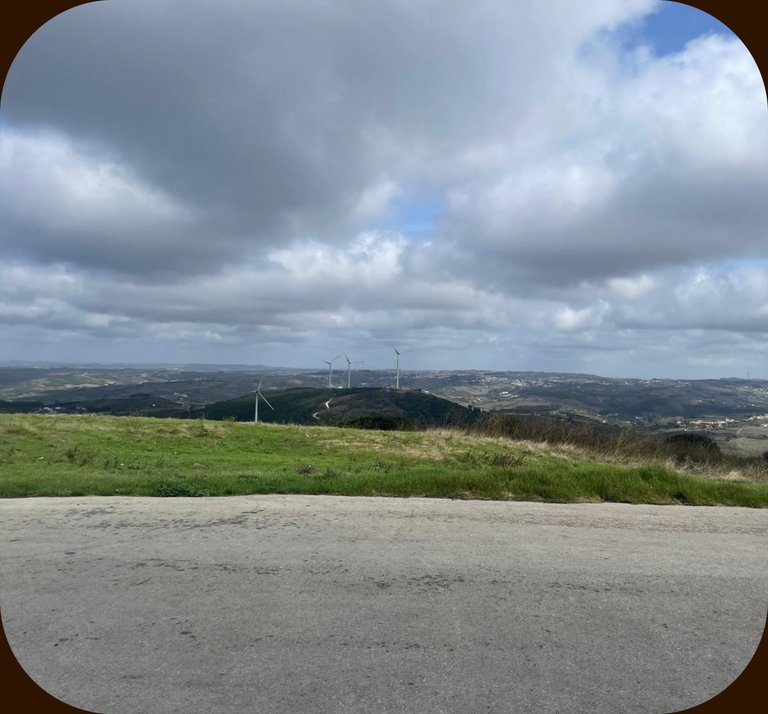
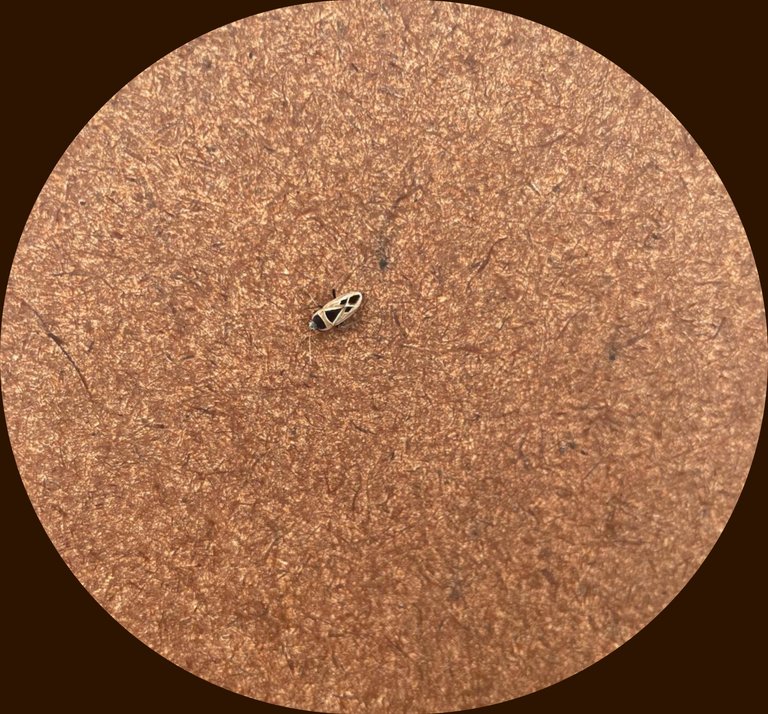
Information sources:
ESP
Fuentes de informacion:

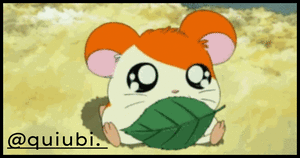
!CURATE BY
@biologistbrito
Thank you for your contribution to the community🌍🐏
Thanks for your contribution to the STEMsocial community. Feel free to join us on discord to get to know the rest of us!
Please consider delegating to the @stemsocial account (85% of the curation rewards are returned).
You may also include @stemsocial as a beneficiary of the rewards of this post to get a stronger support.